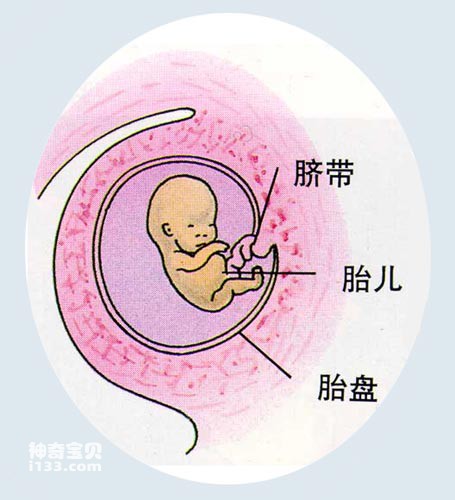Almost at the same time as the origin of marsupials, another more progressive mammal differentiated from the ancient beasts. The allantoic membrane they inherited from the eggs of their ancient reptilian ancestors came into contact with their mother's uterine lining, forming their unique placenta. From then on, nutrients and oxygen can be transferred from the mother's body to the developing embryo and fetus through the placenta, ensuring the normal development of the fetus in the mother's body. Therefore, when the young of this mammal are born, they are more mature than marsupials, making their future development and growth more secure. The acquisition of this progressive trait allowed them to defeat almost all opponents on land in competition after entering the Cenozoic era, and a wide range of adaptive radiation occurred, filling various ecological niches vacated on the earth after the extinction of dinosaurs and other reptiles. Because of this, these progressive mammals were called placentals or eutherians, becoming the most successful subclass of mammals.

Placenta and fetus
In terms of skeletal structure, true beasts also possess a series of advanced characteristics.
The enlarged brains of true beasts reflect higher intelligence than marsupials.
The teeth of true beasts are further differentiated. The basic tooth pattern is fixed as 3 incisors, 1 canine, 4 premolars and 3 molars on each side of the upper and lower jaws. The numerical pattern is 3-1-4-3. The shape of the molars is fixed in the three-wedge pattern and its various variations.

Three-wedge molar model diagram
The so-called three-wedge molar pattern is a triangle in which the upper and lower molars are in opposite directions. The three main teeth on the upper molars are called the primary cusp, the anterior cusp and the posterior cusp. The former is located on the inside of the tooth, and the latter two are located on the outside. In addition, there are two intermediate teeth between the main cusps of the upper molars. The tip is the original tip and the posterior tip. On the lower molars, the outer cusp is called the lower primary cusp, and the two inner cusps are called the lower anterior cusp and the lower posterior cusp; there are usually three cusps on the base of the lower molar, the outer one is called the lower cusp, and the inner one is called the lower cusp. The square one is called the lower inner tip, and the last one, that is, the tip at the rear of the basin-shaped base is called the next small tip.
Among many more advanced eutherians, there is also a fourth main cusp - a secondary cusp - on the rear inner corner of the upper molar. There are also various ridges or edges on the molars of many eutherians; there are also certain additional small cusps on the edges of the teeth.
Among eutherians, there are four types of mutual movements between the upper and lower molars caused by the action of the jaw: (1) These sharp points on the upper and lower molars stagger and bite to catch and bite food; (2) The edges or edges of the teeth, The ridges shear each other to chop the food; (3) certain parts of the teeth press against each other to crush the food; (4) the opposing tooth surfaces grind each other like a mill to grind the food.
It can be said that most of the success of eutherian mammals in the Cenozoic should be attributed to the adaptive radiation of teeth starting from the three-wedge molars through the four functions of biting, shearing, pressing and grinding.
animal tags:
We created this article in conjunction with AI technology, then made sure it was fact-checked and edited by a Animals Top editor.